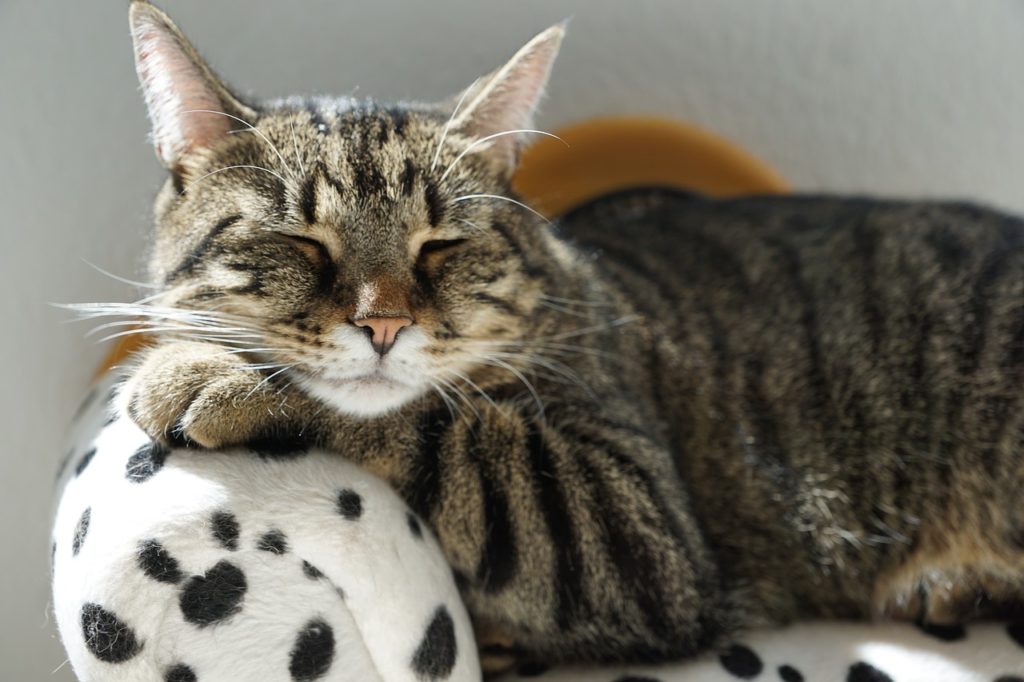To Declaw or Not to Declaw

As much as you love your cat, his constant need to claw your living room sofa isn’t exactly desirable. After furnishing your home with numerous scratching posts and still no improvement, you may be asking yourself, “what now?” As a very last resort, it may be time to consider declawing surgery. A choice not without controversy, the procedure should only be done after careful consideration with all of the facts.
“When we perform a declaw procedure, we are removing the entire third phalanx of the toe,” said Dr. Mark Stickney, Clinical Associate Professor at the Texas A&M College of Veterinary Medicine & Biomedical Sciences. “So not only the claw that you can see, but the associated bone that attaches to the next bone in the toe.”
The declawing procedure is controversial in veterinary medicine today, and like any other surgical procedure, there are a number of risks that go along with the purported benefits.
“People have a bad feeling about the procedure because they anthropomorphize to themselves of what it would be like to lose the end of their finger, which would be a big deal for a person, but a cat doesn’t need to type or write like we do,” said Stickney. “They extend those claws when they’re ready to do something destructive or to defend themselves; otherwise, those digits are naturally retracted and unseen.”
However, you should be aware that once the declawing surgery is completed, your cat will no longer have a way to defend itself from other cats or predators that come into its territory. As a result, the cat will need to be an indoor only cat for the remainder of its life following the procedure.
Because we love our pets so dearly, we want to do all in our power not to inflict any unnecessary pain on them. Though the declawing procedure is painful, by using a good multimodal pain control protocol that targets the nervous system at different points in the pain pathway, you can make the procedure as comfortable as possible.
“For the next ten days postoperatively, you need to restrict the cat’s exercise as much as possible, so do not encourage them to run and jump around the house,” said Stickney. “You also need to use either shredded newspaper or paper towel in their litter box as opposed to gravel based litter that could get into the little incisions before they heal.”
The decision of whether or not to declaw Fluffy is not one to be taken lightly. However, if his clawing is standing in the way of your companionship and ability to keep him in your family, surgery may be your only hope. “If it is an indoor cat only, you have exhausted all other methods of controlling the scratching problem, and it’s a decision of whether or not you’re going to have to get rid of your cat,” said Stickney, “then the benefits of declawing surgery absolutely outweigh the risks.”
Pet Talk is a service of the College of Veterinary Medicine & Biomedical Sciences, Texas A&M University. Stories can be viewed on the Web at vetmed.tamu.edu/news/pet-talk. Suggestions for future topics may be directed to editor@cvm.tamu.edu.


